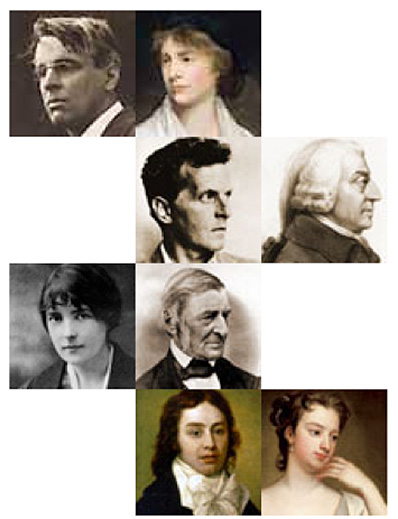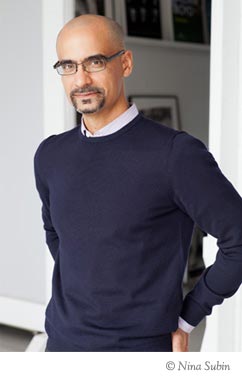On the Way to Christmas
The fall semester has finally concluded, and many of us are thankful – thankful not only for finals to be over but also for time to spend freely with our family and friends.
Sometimes it feels as if the entire month of December is Christmas, but the time leading up to it is actually a period called Advent. From the Latin adventus, which means “coming,” Advent begins on the Sunday nearest the feast of St. Andrew (Nov. 30) and lasts four weeks. We can understand this as a time of preparation for Christmas (Christ’s first coming) and as a reminder to look forward to Christ’s second coming.
During Advent, there are three traditional feasts: Saint Barbara’s Day (Dec. 4), when a branch of flowering cherry (a Barbara branch) is brought indoors to bloom on or around Christmas Day; the feast of Saint Nicholas (Dec. 6), when small gifts are placed in children’s shoes that are left outside the bedroom door the night before; and the feast of Santa Lucia (Dec. 13), which features customs from pre-Christian times and includes saffron-yellow buns (Lucia cakes) that are baked in the form of a spiral sun.
Some of us might have also seen Advent wreaths this month. The wreath may have its origins in the customs of pre-Christian Germanic people, who might have used wreaths of evergreen with lit candles to remind them of the return of light in the spring. However, there is also evidence that the theologian Johann Hinrich Wichern might have been the originator of this custom. In 1839, he supposedly built a large wooden ring (made out of an old cartwheel) with 24 candles and hung it up in the orphanage he ran to accompany Advent prayers. Nowadays, we use just 4 candles – one lit on each Sunday in Advent – instead of the original 24.
As we gather with our loved ones this Christmas Eve and prepare to celebrate the birth of Christ tomorrow, I would like you to think of the symbolism in the Advent wreath made out of the old cartwheel. While I’m not suggesting we take a tire off of a car or bicycle and hang it upon the wall, we might think of the Christmas season as time spent with those we cherish, with no thought or need to go elsewhere. As time is the greatest gift, as it can’t be purchased, only given, I hope you find yourself in merry company.
Here’s wishing you a Merry Christmas and a Happy New Year from all of us at Falvey Memorial Library.
Alexander Williams, ’11 MA, is the temporary librarian liaison to the Department of Theology and Religious Studies and a research librarian on the Academic Integration and the Information and Research Assistance teams. He is currently pursuing an MS in Library and Information Science at Drexel University’s iSchool.






